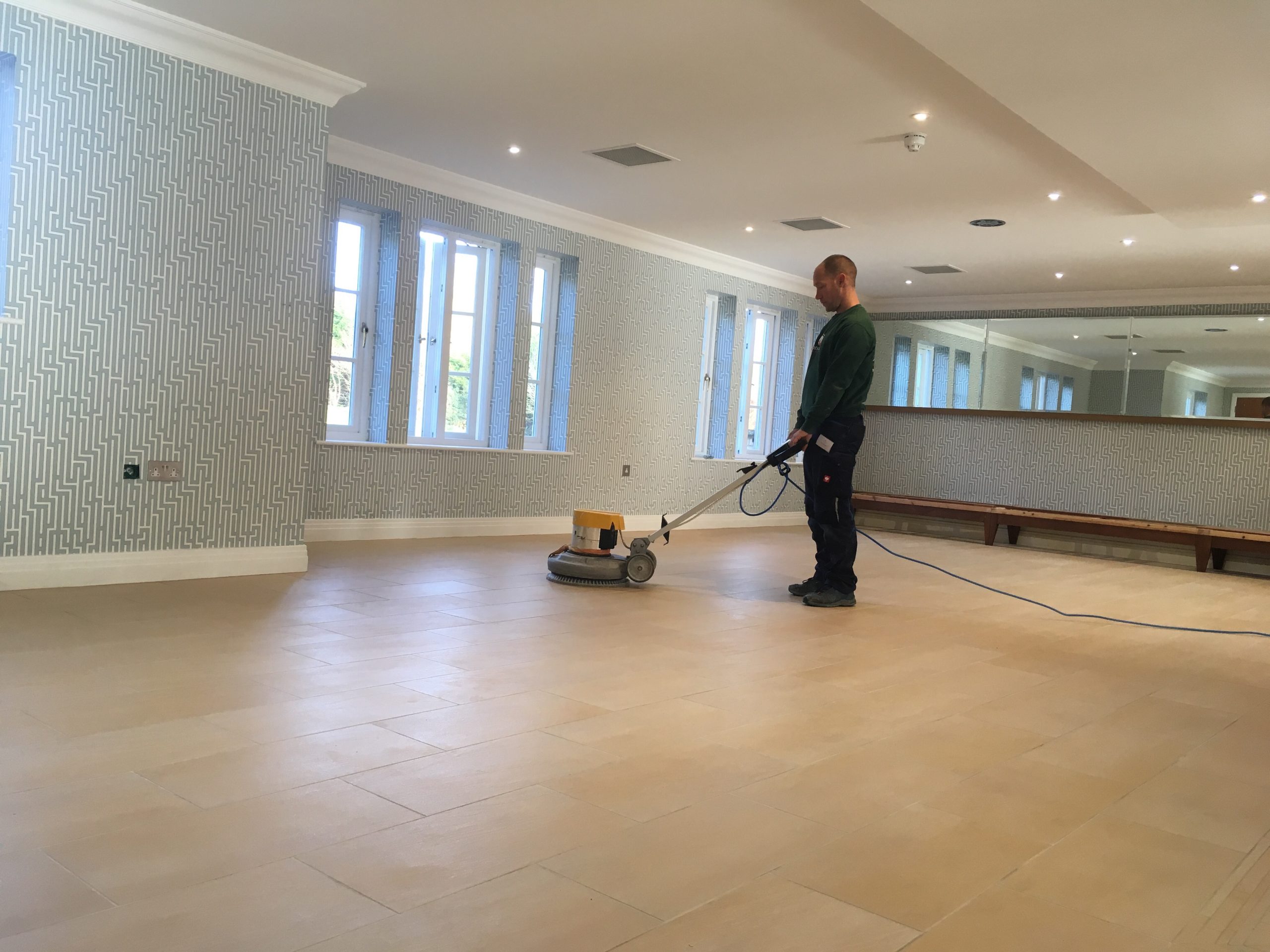

The best way to remove scratches from Porcelain Floors
Porcelain floors are known for their durability and elegant appearance, making them a popular choice for many homes and businesses. However, like any flooring material, porcelain can develop scratches over time due to heavy foot traffic, moving furniture, or accidental impacts. When it comes to porcelain floor scratch removal, homeowners often face a decision: should they attempt to fix the scratches themselves or hire professional services? This article will compare the pros and cons of both DIY porcelain floor scratch removal methods and professional services, helping you make an informed decision.
Overview of DIY Methods
DIY methods for removing scratches from porcelain floors can be appealing due to their cost-effectiveness and convenience. Here are some common DIY techniques:
- Porcelain Repair Kits: These kits, available at most hardware stores, typically include a filler, a touch-up marker, and sometimes a sealant. They are designed to repair minor scratches and chips.
- Baking Soda Paste: Mixing baking soda with water to create a paste can help remove superficial scratches. Apply the paste to the scratch, gently rub with a soft cloth, and rinse with water.
- Nail Polish: For minor surface scratches, clear nail polish can be applied to fill the scratch and then buffed to blend with the surrounding area.
Benefits of Professional Services
While DIY methods can be effective for minor scratches, there are several benefits to hiring professional services for porcelain floor scratch removal:
- Expertise and Experience: Professionals have extensive experience dealing with various types of scratches and flooring materials. They can assess the damage accurately and choose the best method for removal.
- Advanced Tools and Techniques: Professional services have access to specialized tools and high-quality products that are not always available to consumers. This ensures a more thorough and lasting repair.
- Comprehensive Service: Professionals can address not only the scratches but also provide additional services such as polishing, sealing, and maintenance advice to keep your floors in optimal condition.
- Time-Saving: Hiring a professional saves you time and effort. You won’t need to spend hours researching techniques or purchasing products. Instead, you can trust the job to be done efficiently and effectively.
Cost and Effectiveness Comparison
DIY Methods:
- Cost: Generally, DIY methods are less expensive upfront. Porcelain repair kits and household items like baking soda and nail polish are relatively inexpensive.
- Effectiveness: While DIY methods can be effective for minor scratches, they may not provide a lasting solution for deeper or more extensive damage. In some cases, improper use of DIY techniques can even worsen the scratches.
Professional Services:
- Cost: Professional services come with a higher initial cost compared to DIY methods. However, this cost can be justified by the quality and longevity of the repair.
- Effectiveness: Professionals are more likely to deliver a permanent and aesthetically pleasing solution. They can handle both minor and major scratches, ensuring the floor looks as good as new.
When deciding between DIY and professional services for porcelain floors scratch removal, consider the extent of the damage, your budget, and your comfort level with DIY repairs. DIY methods can be a cost-effective solution for minor scratches, offering a quick fix with readily available products. However, for more extensive or deeper scratches, professional services provide the expertise, tools, and comprehensive care needed to restore your floors to their original beauty.
Investing in professional services may have a higher initial cost, but the long-term benefits of a thorough and lasting repair can outweigh the expense. Ultimately, a combination of regular maintenance, prompt attention to minor scratches, and professional care for significant damage will ensure your porcelain floors remain in excellent condition for years to come. Contact us for a porcelain floor scratch removal quote


